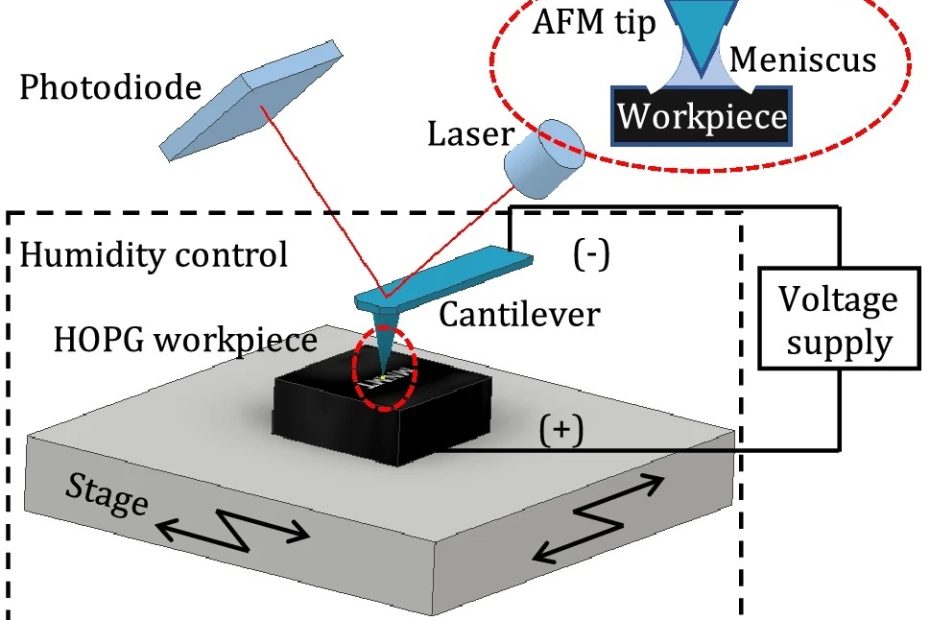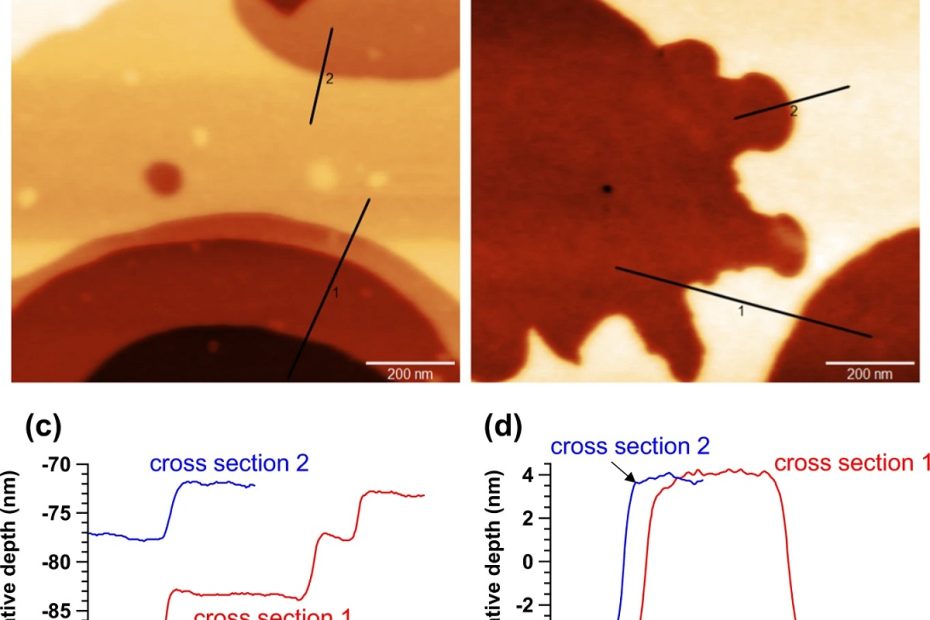Carbon Thin-Film Electrodes as High-Performing Substrates for Correlative Single Entity Electrochemistry
Single-entity electrochemistry (SEE) is an emerging area of research that aims at evaluating the electrochemical response of materials at the micro- and nanoscale. * Several… Read More »Carbon Thin-Film Electrodes as High-Performing Substrates for Correlative Single Entity Electrochemistry






